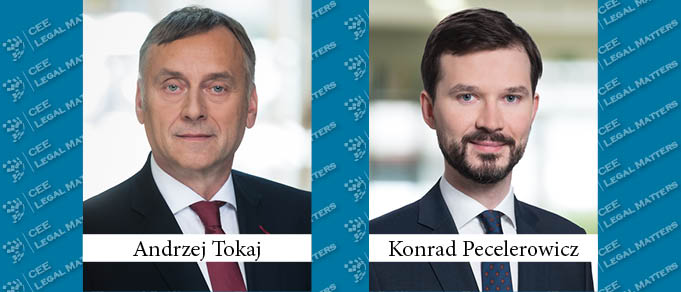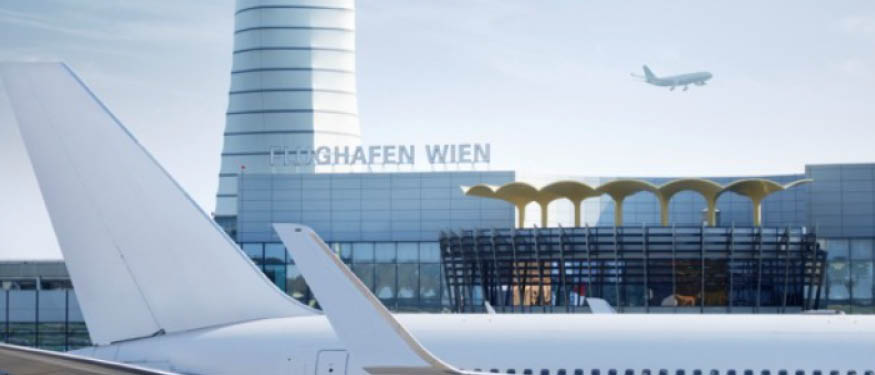One might have hoped that, with the pandemic fading, the real estate market was bound to bounce back in 2022, despite interest rates rising since October 2021. And bounce back it did, at least in the first quarter, when investments in commercial real estate reached EUR 1.7 billion, including Google’s landmark acquisition of a Warsaw office building for nearly EUR 600 million. The Russian aggression against Ukraine, coupled with growing cost pressures, created the current market conditions that will continue to shape the CEE real estate market for the foreseeable future.
Warehouse
New contracts accounted for nearly three-quarters of lease transactions in the last few months. Although demand for warehouses fell by 5% year-over-year, it is still higher than the pre-pandemic average. Vacancy rates have reached an all-time low of 3.3%. Growing demand for new warehouses is attributable to retail chains and logistics, and experts suggest that, as long as projects proceed according to schedule, the supply of new warehouses should rise by more than 20% in a matter of a year, exceeding 30 million square meters.
Warehousing continues to attract foreign investors and should grow further at a steady pace. Two years of COVID-19 and several months of the war in Ukraine highlight the need for shorter, well-thought-out supply chains, essential to harness this sector’s growth potential.
Office
Experts believe that – with the advent of remote/hybrid work and growing cost pressures – demand for office space is bound to cool in the long term. Even so, the first quarter saw an increase in office space supply in Poland’s regional centers, reaching approximately 250,000 square meters, which is nearly 20,000 more than last year. In the short/medium term, a steady supply of new office space can be expected, leading to an additional 200,000 square meters of offices available for lease on Poland’s main markets before the year is over.
The war in Ukraine coupled with rising development costs have translated into a slight rise in office rental rates in prime locations. Cost factors and the reduced availability of premium office space are expected to lead to further increases.
Retail
In the first quarter, the total area of modern retail space in Poland exceeded 15.5 million square meters. Over 350,000 square meters of this is currently under construction, with opening dates scheduled for 2022 and 2023. It is worth noting that over half of retail space developments are located in smaller centers, in towns/cities with up to 100,000 inhabitants. This trend is likely to persist for the foreseeable future. There is also a positive feedback loop, with newly developed small retailers taking up less space, which means that they can be situated in closer proximity to prospective customers.
Residential
Over the last six months, foreign investor interest in the Polish market has become more prominent. Foreign investment funds are allocating some of their assets (previously invested in office and retail space) into residential projects for lease. Experts estimate that by the end of next year investment funds will have purchased, mostly from the primary market – as many as 23,000 residential units, and this could triple in subsequent years. The ratio of institutional leases to residential leases is still not exceedingly high, but this trend is gaining momentum.
In the short and medium term, a lower value and volume of transactions are to be expected. In the long term, with the Russian aggression seemingly contained to the territory of Ukraine, the reduced availability of new projects in the main segments of the commercial real estate market, coupled with increased demand, will stimulate investment in Poland. The office and retail real estate markets should gain traction.
We are already seeing signs of interest, not only from Western European investors but also from the Far East and the US, as well as CEE, which goes to show that the Polish market is becoming increasingly more competitive. For proof of foreign investor confidence, one only needs to look at the new office buildings being developed in Warsaw. The potential of all segments of the Polish real estate market – as seen in lease costs, demand forecasts, and attractive labor costs – means that we can be hopeful about the future of Polish commercial real estate.
By Andrzej Tokaj, Senior Partner, and Konrad Pecelerowicz, Associate, Penteris
This Article was originally published in Issue 9.6 of the CEE Legal Matters Magazine. If you would like to receive a hard copy of the magazine, you can subscribe here.

















